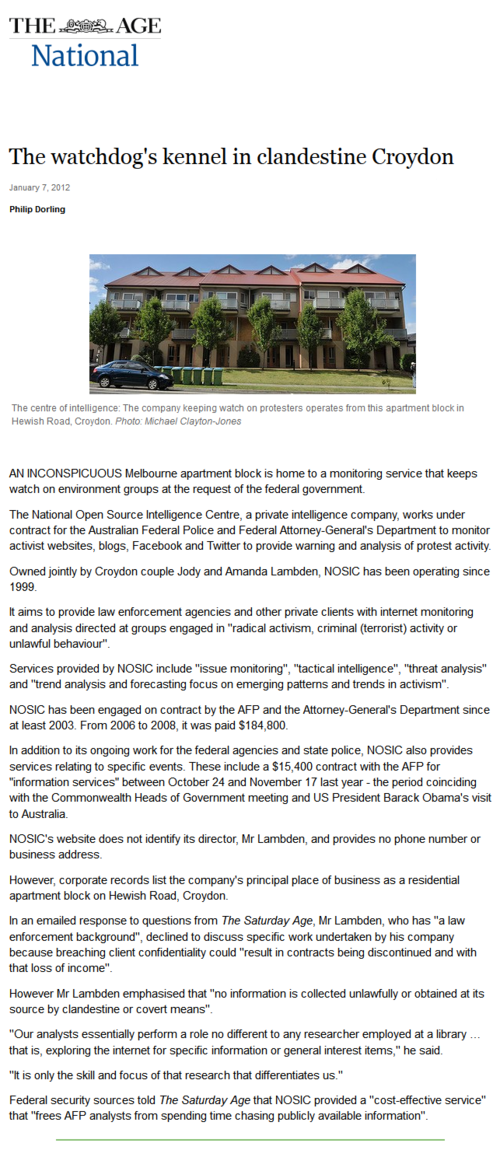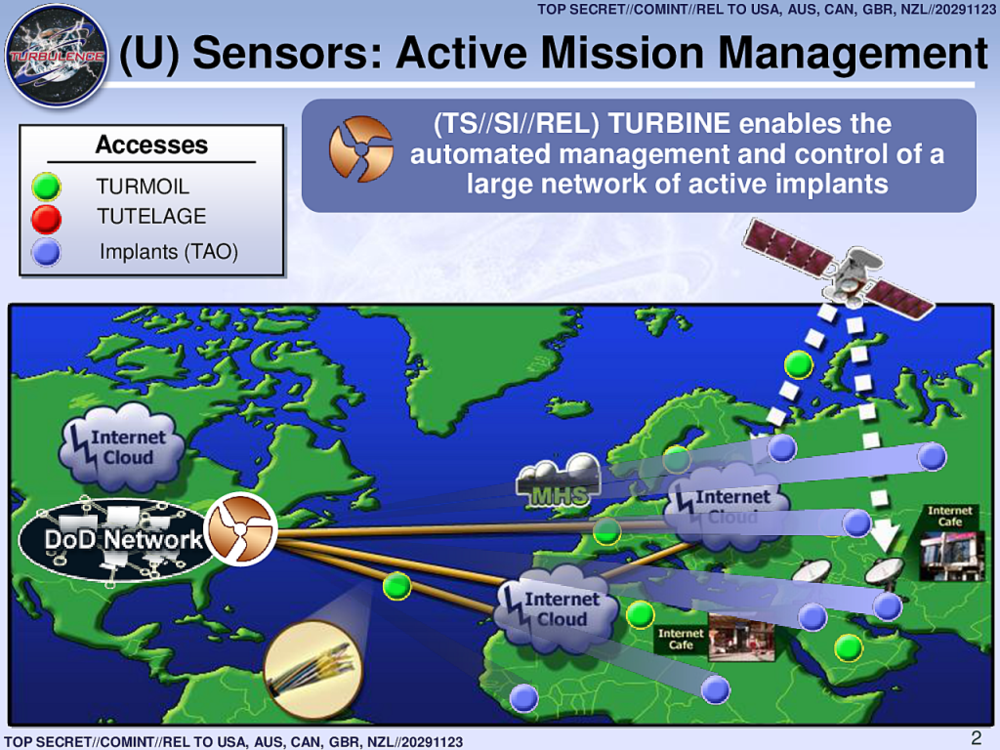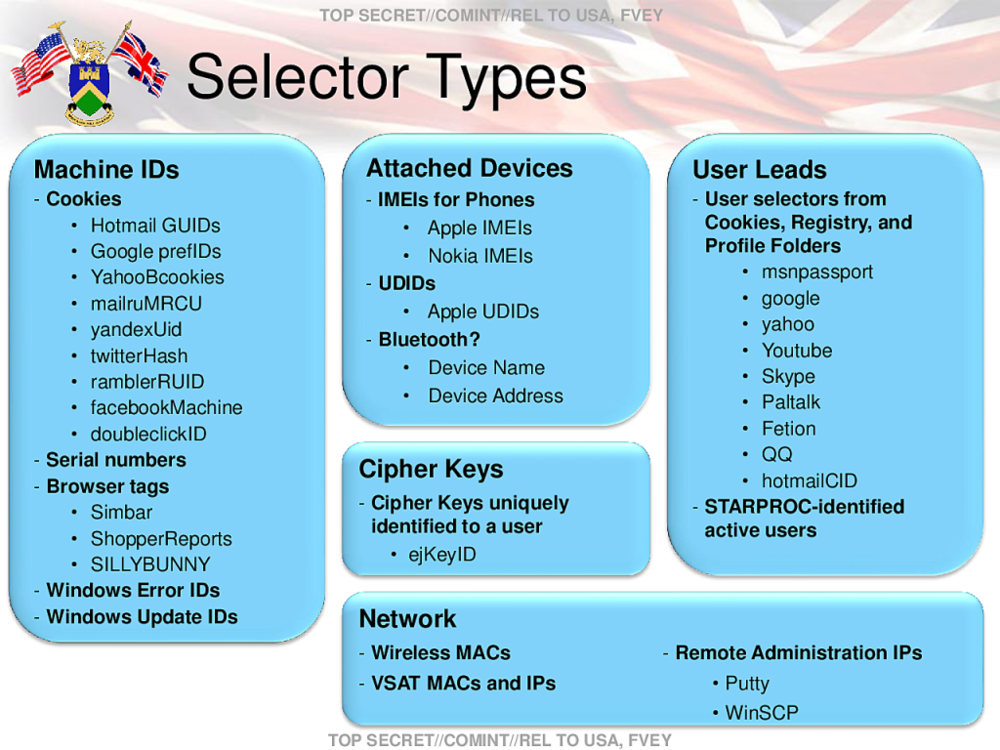“New website lets anyone spy on Tinder users”
“Tinder isn’t as private as many of its users think, and a new website which aims to exploit that is causing concern among users of the dating app.
“Swipebuster” promises to let Tinder users find out whether people they know have an account on the dating app, and even stalk them down to their last known location.
The website charges $4.99 (£3.50) to let someone see whether the target is using Tinder, and can narrow down results by first name, age, gender and location.
But it doesn’t do so by hacking into Tinder, or even by “scraping” the app manually. Instead, it searches the database using Tinder’s official API, which is intended for use by third-party developers who want to write software that plugs in with the site. All the information that it can reveal is considered public by the company, and revealed through the API with few safeguards.
Although the site seems targeted at those who want to catch cheating partners on the app, its developer says he had a different motivation in mind, telling Vanity Fair that he wanted to highlight oversharing online.
“There is too much data about people that people themselves don’t know is available,” the anonymous developer said. “Not only are people oversharing and putting out a lot of information about themselves, but companies are also not doing enough to let people know they’re doing it.”
But the argument that Swipebuster is made to highlight privacy breaches on Tinder’s part seems questionable when one looks at the website itself. Under a headline reading “Find out if they’re using Tinder for only $4.99”, the site says nothing about privacy or expectations thereof, instead offering only a walkthrough for users who want to pay for its services. An animated gif showing the process ends with an image of the supposed target superimposed with the word “Busted”.





 “An inconspicuous Melbourne apartment block is home to a monitoring service that keeps watch on environment groups at the request of the federal government.
“An inconspicuous Melbourne apartment block is home to a monitoring service that keeps watch on environment groups at the request of the federal government.

